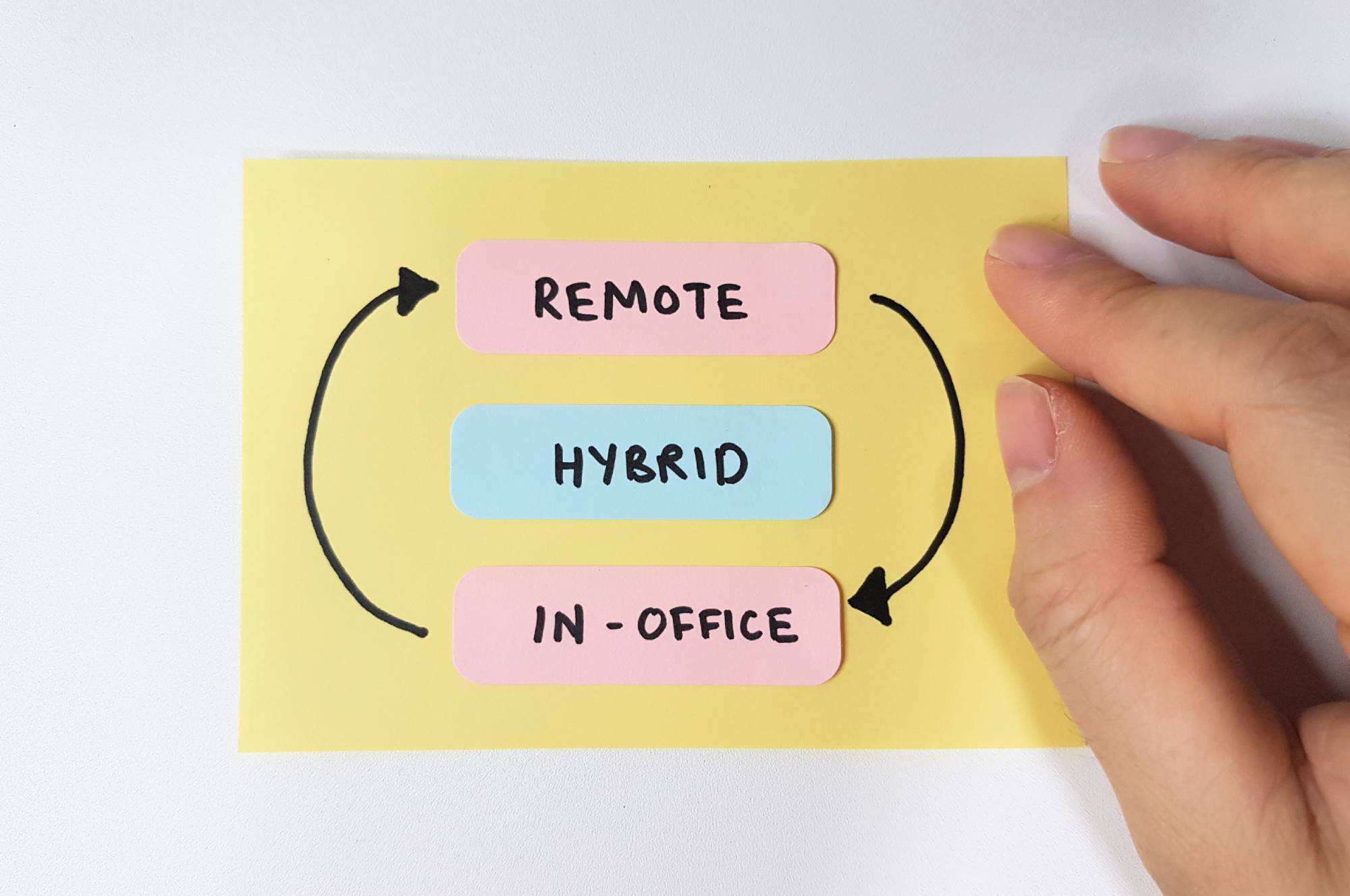Kevin Lombardo, President of DORN Companies, explains how taking a proactive approach to safety can improve injury prevention and wellness in the construction industry.
It’s no secret that construction is one of the most safety-intensive industries in the world. It’s also one of America’s largest industries, with some 7.4 million people employed in the construction field. Construction workers face unique hazards and risks both to their physical safety and to their overall wellness, and as the EHS field has evolved, it’s becoming clear that construction employees need holistic support to keep them injury-free, engaged, happy, and productive.
So, what does injury prevention for construction workers look like in 2022? With a blend of ergonomics, mental health support, and programmes to promote overall wellness, construction companies can develop comprehensive safety plans to keep their employees out of the workers’ comp and health care systems while managing organizational costs.
Risks to Construction Workers: Hazards and Common Injuries
Because of the high-exertion nature of their work and the inherently hazardous nature of their work environments, construction employees face some of the highest risks of injury and death in any professional sector. Consider these facts:
- Construction workers are injured at a rate 71% higher than other industries on average.
- Total costs to employers related to worker injuries and illnesses reach up to $170 billion per year.
- Pain medication and opioid abuse is twice as common among construction workers compared to other industries.
Fatalities are also unfortunately a major issue for the construction industry, which leads all others in worker deaths per year. In 2020, the fatal injury rate was 10.2 per 100,000 workers, compared to 3.5 per 100,000 for workers across all fields.
Even non-fatal injuries tend to have major consequences for construction workers, who tend to miss about 11 days of work for a given injury. Musculoskeletal disorders and ergonomic injuries are common, owing largely to strenuous work that sees employees putting forth a great deal of physical energy, often in cramped or otherwise difficult workspaces. Many of these injuries stem from a need for more training, but many are also related to the physical tools available to workers. Still, others may be caused in part by fatigue and lack of focus.
That brings us to other issues of rising concern for the construction industry: mental health and wellness, both of which can significantly impact a worker’s ability to do their job effectively and safely. According to research by the Construction Industry Rehabilitation Plan, 83% of construction workers have experienced moderate to severe mental health issues. Problems like anxiety and depression are common and can drive injury rates as well as lowering productivity. Construction-related jobs also have the highest rate of suicide. In an industry where heavy machinery and environmental hazards are commonplace, even a small decrease in mental performance can lead to a costly injury or fatality. Fatigue is a major contributor to mental health issues among all workers, as tired employees are more likely to experience anxiety, depression, or other negative mental effects. Combined with a performance-focused culture that doesn’t always provide mental health support, fatigue can be a dangerous thing at a construction site.
Even less obvious are the safety challenges associated with workers’ lifestyles and overall wellness. Unfortunately, poor nutrition and insufficient sleep are pervasive in the construction field, increasing workers’ risks of serious health problems like cardiovascular disease, diabetes, and others.
So how can employers tackle these risks and keep their construction employees healthy, safe, and engaged?
Construction Industry Safety Solutions
Fortunately, these issues can be mitigated or solved with a proactive approach to safety and wellness. Research has shown that construction employers save between $4-6 for every $1 they invest in safety programming, offering enterprises an opportunity for significant ROI while also cutting costs.
Solutions for the construction industry may fall into three categories.
1. Ergonomics for Construction Workers
Ergonomics remains an effective tool for combating workplace injuries in construction. Movement is key in understanding how ergonomic injuries occur, and training in the specialized, specific movements that construction workers use every day can help employees avoid injuries from repetitive motion or physical strain. DORN recommends personalized movement training for all construction employees, which helped reduce chronic pain reports for a construction client by nearly 80%. Paired with periodic reinforcement to ensure employees retain the learned behaviours, biomechanics training is a powerful device for cutting injury and pain rates.
Technology can also provide a boost for construction workers. Tools such as wearable sensors can help managers understand the kinds of exertion and force that their employees use to complete their tasks, allowing organisations to develop data-based safety programming.
2. Mental Health Support for Construction Workers
When it comes to mental health, it’s critical for employers to provide a supportive environment and a positive culture around reporting problems. That mentality starts at the top of the organisation. Employees should always feel that they have a safe, non-punitive avenue for reporting their mental health challenges and seeking help.
From there, employers can look to the data for ways to support their employee’s mental health needs. Providing the opportunity for sufficient restful sleep and recovery goes a long way toward keeping workers free of mental health issues. Training materials should include education on mental health issues to ensure that workers know the signs of potential challenges like anxiety or depression.
Chronic pain is also a major driver of mental health problems. Solutions such as on-site pain relief therapies, instinctive movement training, on-demand self-care solutions, and increased break frequency can help alleviate workers’ pain and keep them feeling fresh for work.
3. Wellness in Construction
Wellness encompasses a wide range of factors, from mental health to nutrition and mindfulness. Training can be enormously beneficial in helping workers develop good eating habits and sleep hygiene, which promotes overall wellness and helps employees do their jobs better. Employers can also make use of smartphone apps that remind employees to check in on their wellness at regular intervals. DORN’s construction solutions include mindfulness training and breathwork to help employees keep an eye on their wellness. Pain is also a major component of wellness, and addressing pain levels can have a positive impact on overall happiness and engagement. Likewise, addressing pain can help reduce medication usage and opioid abuse.
About the author
Kevin Lombardo leads the strategy development and expansion plans for the company and oversees DORN’s focus on developing innovative solutions for pain mitigation, with an emphasis on reducing organizations’ future costs with evidence-based, result-oriented programmes. He is a widely recognised thought leader with substantial experience in strategic planning, negotiating, structuring, and conducting effective due diligence examinations for operational excellence in support of organizational scale, development of strategic partnerships, and client expansion. Having worked as CEO and a Senior Executive for many large organisations along with his significant experience in the healthcare space, Kevin’s unique perspective illuminates the critical intersections between talent, assets, and ideas — the dynamic formula that drives business performance.





